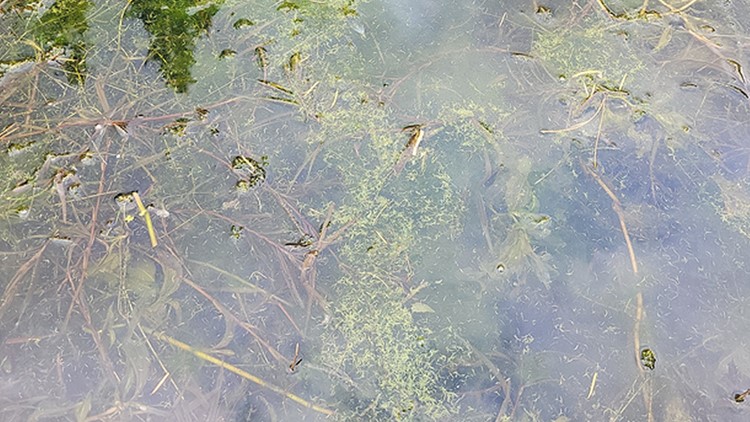IDAHO, USA — All health advisory warnings that were issued for toxic algae blooms in summer months for counties in North Idaho have been lifted.
The Panhandle Health District (PHD) and the Idaho Department of Environmental Quality (DEQ) announced that there are still some ongoing blooms in North Idaho, but the recreation season has ended and the risk of human exposure has been greatly reduced.
Cold weather and rain have a tendency to dissipate HABs, but the public is advised to stay away from water that is discolored, with streaks or globs of scum, or where thick green mats have formed along lake shorelines.
Surface Water Manager with the DEQ Bob Steed said high temperatures and the length of the summer have led to significantly more harmful blooms than have been observed in the past.
"Both PHD and DEQ have been very busy ensuring public safety during the recreational season, which included fielding a high volume of calls. In addition, DEQ surface water staff monitored waterbodies under health advisories every two weeks from late July through October,” Steed said.
The public is advised to use caution as harmful blooms may still persist. Humans and their pets should stay out if in doubt to the presence of harmful blooms.
The algae found this summer is common to Washington and Idaho and it normally develops in the late summer and early fall because of warmer waters.
Symptoms of exposure to algal toxins vary according to exposure. Symptoms include rashes, hives, diarrhea, vomiting, coughing and wheezing. More severe symptoms that could affect the liver and nervous system may result from ingesting the water. If symptoms persist, consult with your health care provider.



